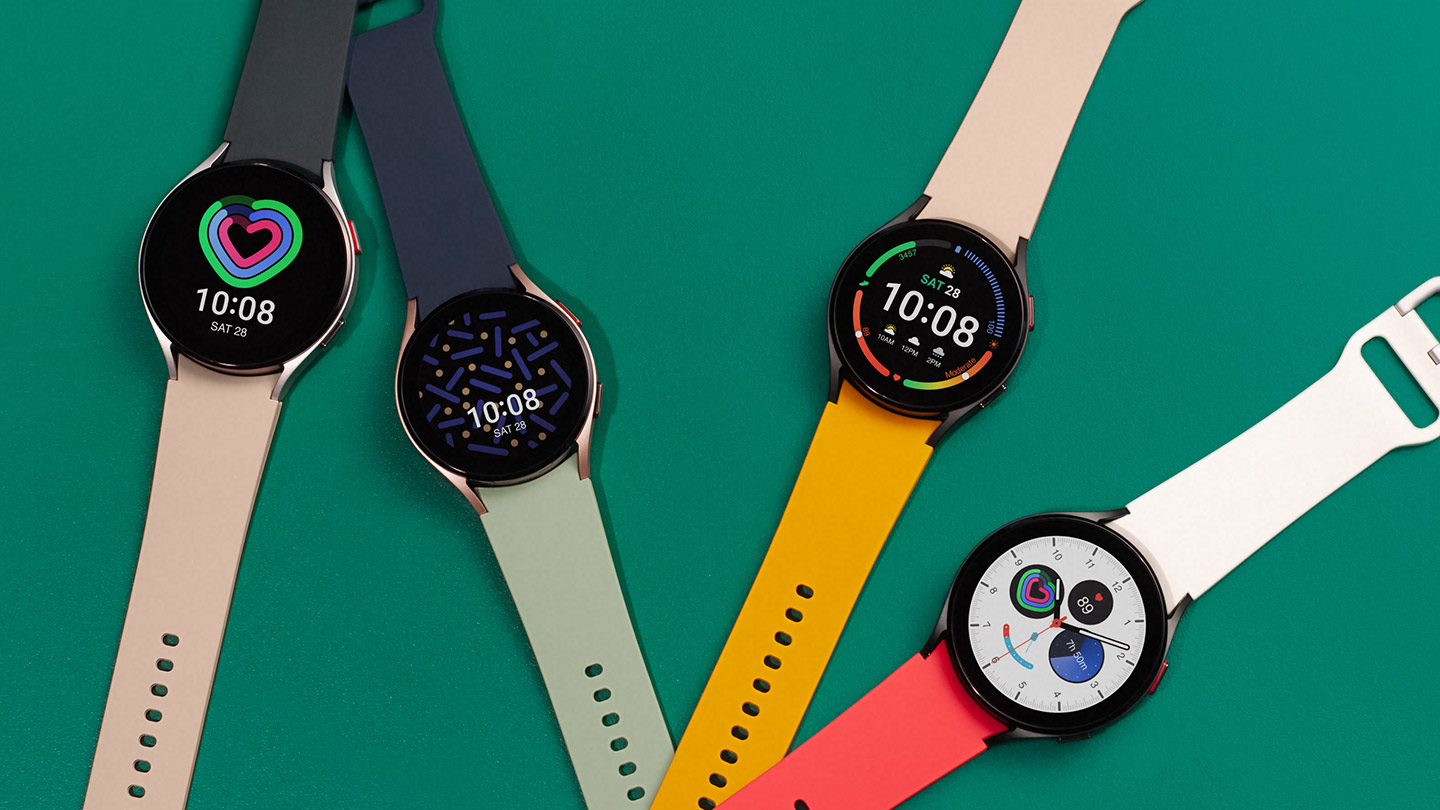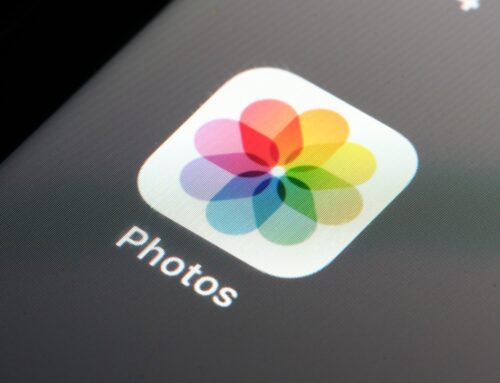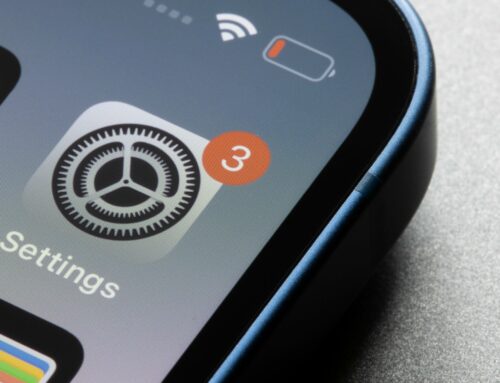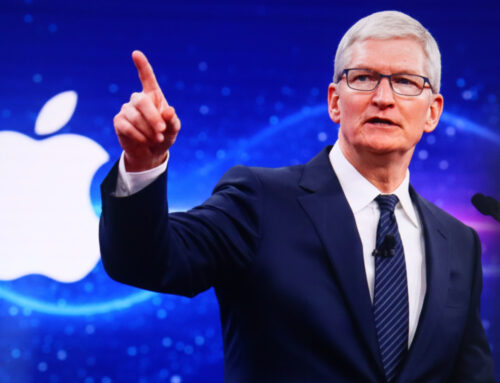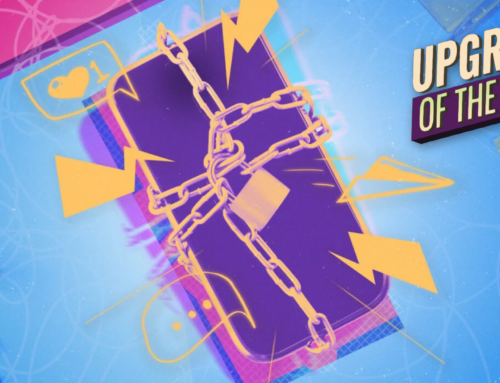Although Wear OS definitely has the upper hand when it comes to diversity, the Apple Watch irrefutably has the numbers in terms of market share. Google’s wearable platform was, in fact, a very distant second as far smartwatch operating systems go, but that has suddenly changed in the last few months. Some might not like it, but it’s actually mostly thanks to Samsung. But things might not remain that way unless Google picks up the slack and makes a better commitment to its own smartwatch ecosystem.
From Android to Tizen to Wear OS
Ironically, Samsung may have actually been the first one to make a “true” Android smartwatch, and by that it means it used a slightly modified version of the full Android on its first wearable, the Samsung Galaxy Gear. This was back when Android Wear was still in its infancy, and only a few manufacturers believed in its future. Since then, however, Samsung has used Android Wear once and only once, preferring to grow its own wearable platform instead.
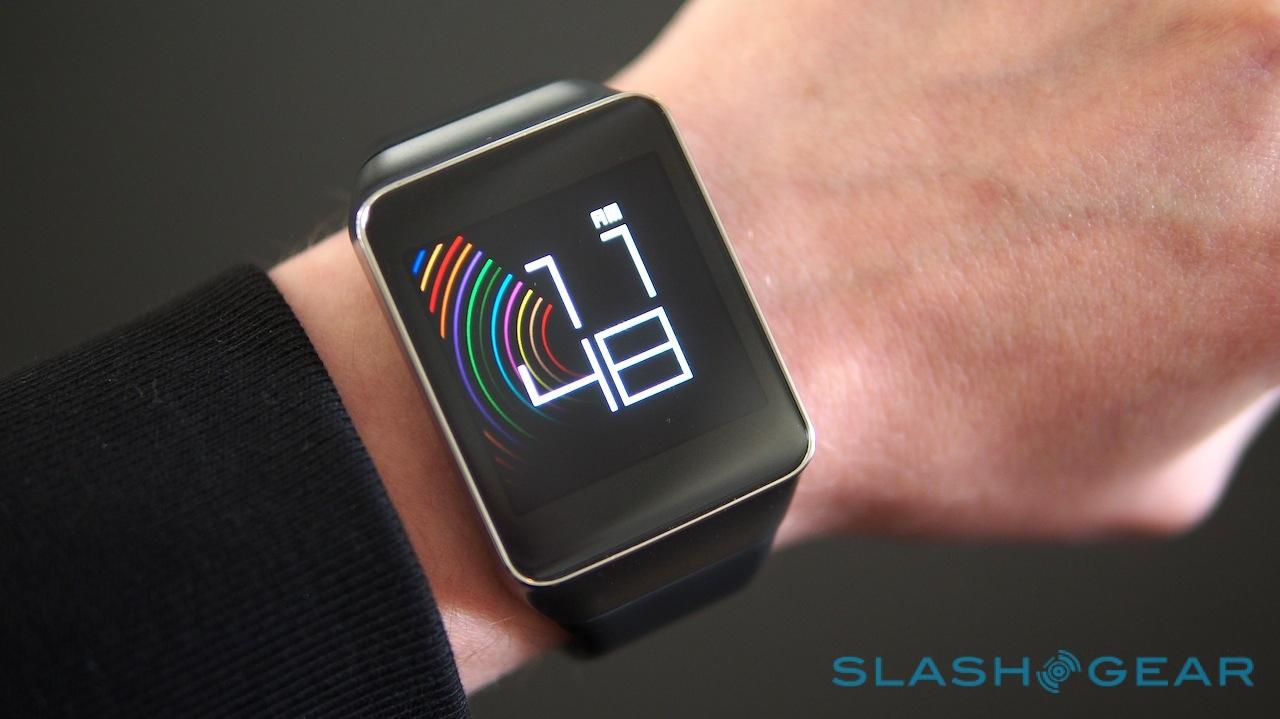
For that, it took the open source part of Tizen and transformed it into a more proprietary version for its smart fitness trackers and smartwatches. Although it did not boast of some of the big names in apps and some integrations with Android phones, it was enough to keep Samsung in second place in the smartwatch market. Of course, that also meant that Tizen, not Wear OS, was leading behind Apple’s watchOS.
We’re still not privy to the negotiations that happened between the two tech giants, but it is perhaps for the best that Samsung decided to finally embrace Google’s Wear OS. This was timed well with the announcement of Wear OS 3, since the Galaxy Watch 4 series is the first and so far only smartwatches to use it. That sequence of events pretty much reinvigorated the Wear OS market with the hopes that Google will finally maintain the momentum and, even better, build upon it.
Wear OS Doubts
It was expected that this would turn the tides in Wear OS’ favor, and the numbers do speak for themselves. Counterpoint Research reveals that Samsung has increased its portion of the smartwatch pie in the third quarter of 2021, from 10% to 14% compared to Q3 2020. A large portion of that is most likely thanks to the Galaxy Watch 4 because Wear OS’ share jumped from 4% to 17%.
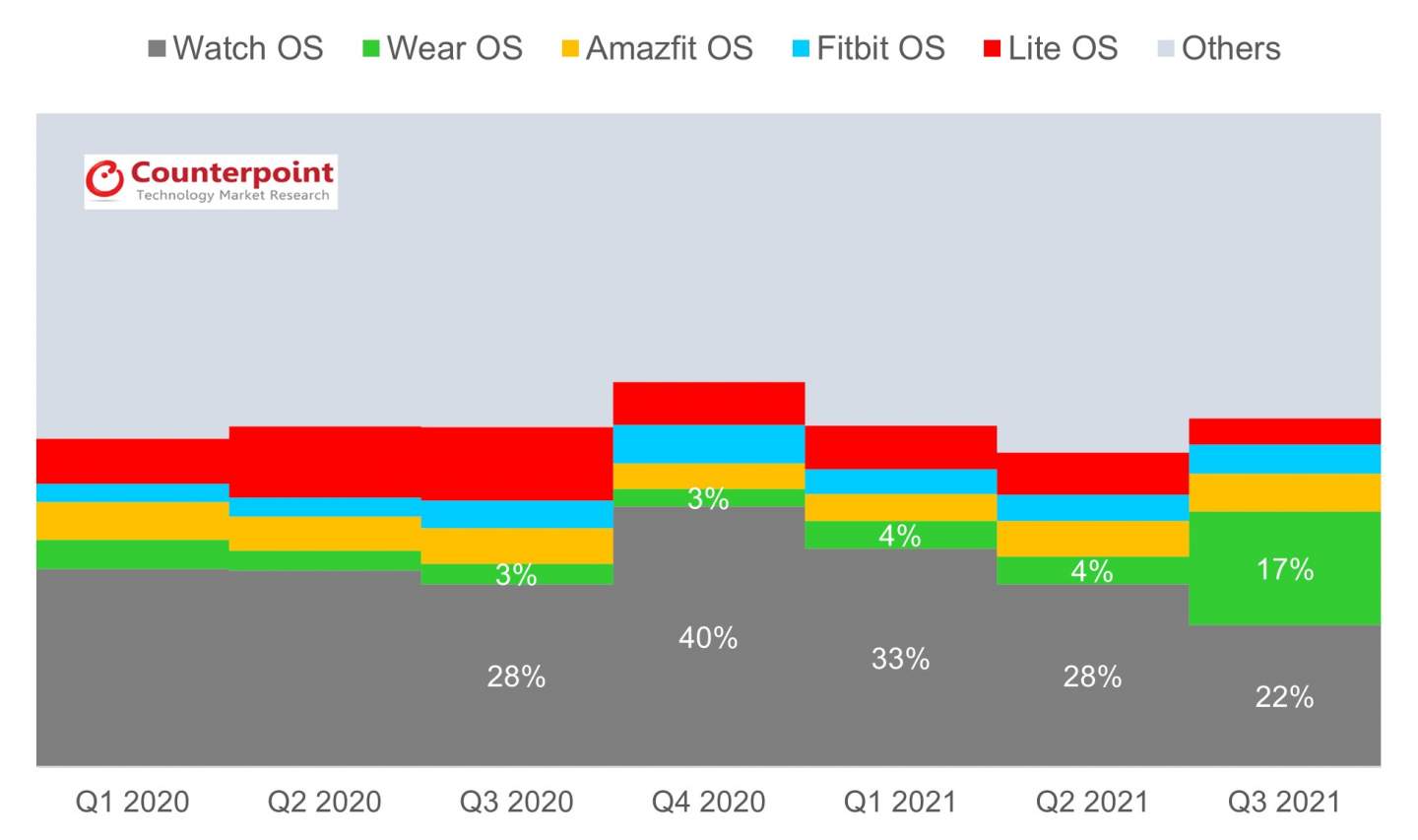
That’s definitely good news for Wear OS fans, but also one that they might be taking with cautious optimism only. A larger market share will definitely encourage more manufacturers to embrace Wear OS, but there has never really been a dearth of smartwatch brands and models to choose from. If anything, what has kept both consumers and OEMs at arm’s length is the level of confidence in the platform, both in hardware and software.
On the hardware front, Qualcomm’s Snapdragon Wear chipsets haven’t exactly been at their best, often using much older ARM technologies rather than keeping up with the latest. Exacerbating that issue is how smartwatch makers have stuck with older processors even when newer ones have been available for almost a year now. This has resulted in sub-optimal performance, especially when it comes to battery life, forcing some brands to adopt custom operating systems that work with custom hardware to squeeze out as much as they can from the specs.
Google Commitment
Google’s commitment to its own wearable platform has also been put into question numerous times. Wear OS hasn’t seen much activity until recently, though there have been spurts of big updates here and there before long periods of silence. That’s not really encouraging for companies that want consumers to have brand loyalty over potentially expensive accessories.
Google’s relative silence over Wear OS updates has also been a matter of concern, especially for buyers. Only a few manufacturers have promised to bring Wear OS 3 to new smartwatches released in the past few months, while those older models from last year remain in limbo. What’s to stop Google from not guaranteeing “Wear OS 4” for these new smartwatches when the time comes?
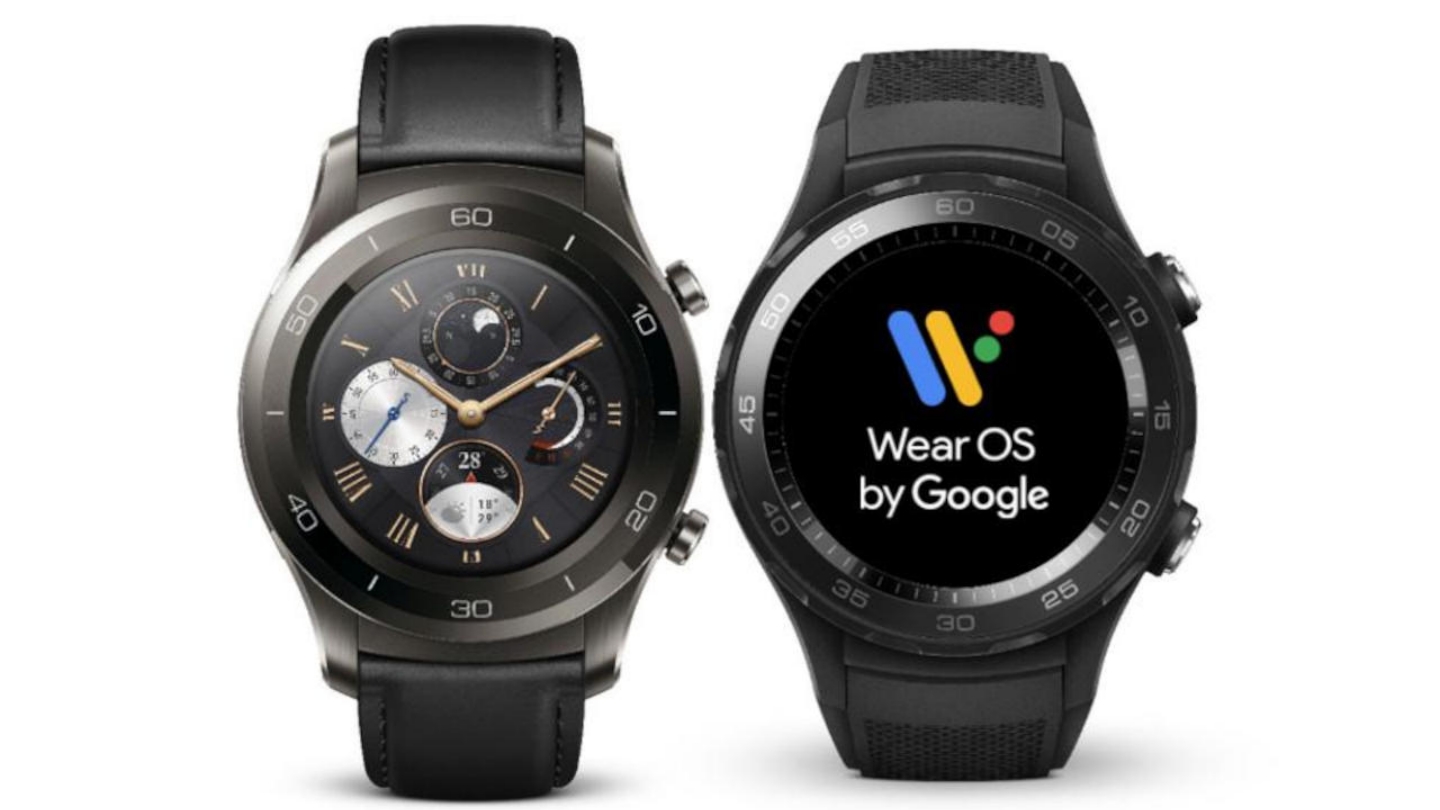
It definitely sparks some hope that Wear OS is gaining not just interest but also market share, but it might be too early to celebrate its success. Never mind the fact that the Apple Watch will most likely continue to remain unchallenged for years to come, Google has to step up its commitment to its own wearable platform in order to inspire confidence in manufacturers, app developers, and buyers. And it can probably start by clarifying its plans and timetable for rolling out Wear OS 3 next year.

